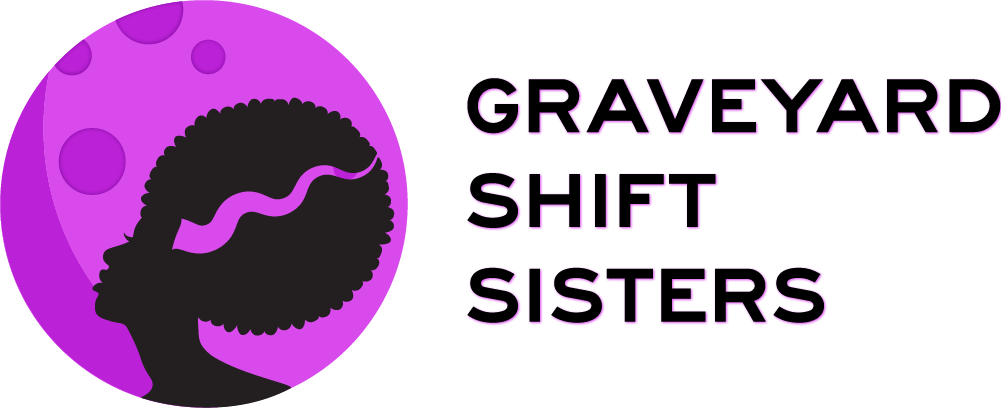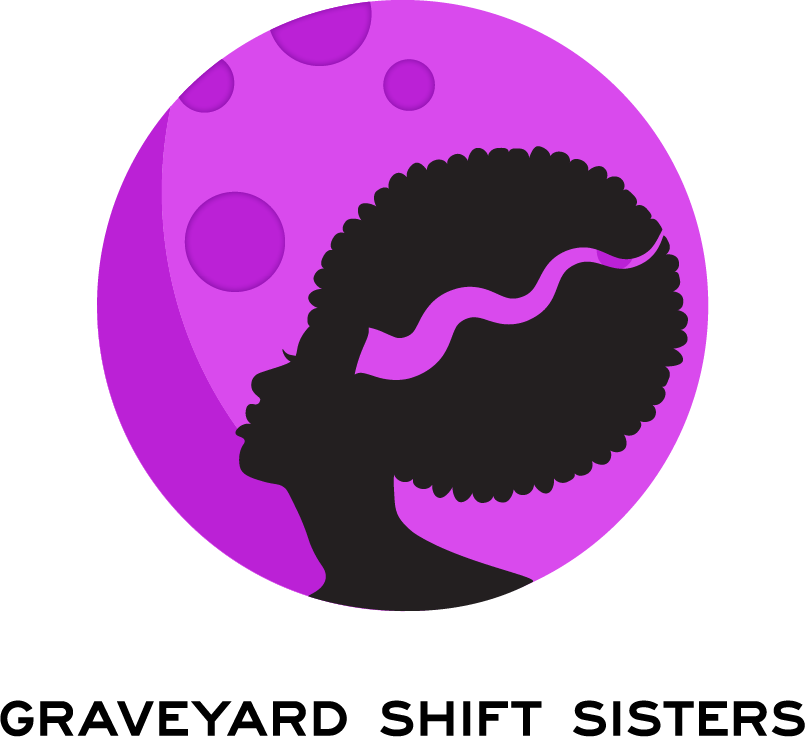Dread Nation: Subverting The White Gaze In Fiction With Author Justina Ireland
Dread Nation, Justina Ireland’s young adult alternative history novel is on the New York Times bestseller list! Not only that, the book is opening a dialogue about portrayals of racial inequality, societal expectations of women, and the survival of marginalized people in the United States — what some are calling a reflection of what America is now facing. But with zombies.
So what is this young adult book all about?
At once provocative, terrifying, and darkly subversive, Dread Nation is Justina Ireland's stunning vision of an America both foreign and familiar—a country on the brink, at the explosive crossroads where race, humanity, and survival meet.
Jane McKeene was born two days before the dead began to walk the battlefields of Gettysburg, Pennsylvania—derailing the War Between the States and changing the nation forever. She is studying to become an Attendant, trained in both weaponry and etiquette to protect the well-to-do. It's a chance for a better life for Negro girls like Jane.
But that’s not a life Jane wants. Almost finished with her education at Miss Preston's School of Combat in Baltimore, Jane is set on returning to her Kentucky home and doesn’t pay much mind to the politics of the eastern cities, with their talk of returning America to the glory of its days before the dead rose.
When families around Baltimore County begin to go missing, Jane is caught in the middle of a conspiracy, one that finds her in a desperate fight for her life against some powerful enemies.
While Dread Nation isn’t Ireland’s first book, it’s undoubtedly the most successful. Rarely does she mince words, especially not on social media, where she discusses a number of topics that seem to incite debate, including what it takes for black writers to succeed in traditional publishing. With all of the buzz around Dread Nation’s release and success, I managed to stop Justina long enough to have her answer a few questions about her work and what it takes for Black writers to succeed in traditional publishing.
Thank you for granting me this interview. Tell us a bit about yourself and your writing style.
My writing style usually involves thinking up the character and the premise and then thinking about the plot. I tend to really enjoy character driven stories, so that’s what I tend to write. After that, it’s all about throwing things at the wall until they stick. I am a super messy writer.
You were recently interviewed by Vulture, where you were called “the most controversial figure in young adult literature.” How do you feel about the title?
It’s pretty funny that in the age of male YA authors being accused of sexual assault that I would be considered controversial. I mean, my big claim to fame is criticizing a few books. It makes little sense. But hey, little that happens in publishing makes any sense.
If you could have anyone in the world as your mentor (living or dead), who would it be?
Ida B. Wells-Barnett. She was tireless and never let anything slow her down. Just a gotdamn legend.
Let’s get into your latest release, the New York Times bestselling Dread Nation. Jane is a young Negro girl trained to kill the Civil War undead for wealthy whites. She’s trying to return home when she gets caught in a shocking conspiracy. Do you consider Dread Nation a horror novel?
I didn’t, but people keep telling me it is. Which is funny because I’m terrified of scary books and movies! Just absolutely hate them.
I read a tweet you posted where you noted that Black writers who want to be traditionally published have to learn to subvert the white gaze. What did you mean by that and why is it necessary?
Publishing is white. Super white. Minnesota after a blizzard white. When we talk about publishing, we have to consider the gatekeepers, the folks who decide what makes it to the shelf at the front of the store, or who gets in the store in the first place. And that means writers have to understand that those gatekeepers are coming from a very specific place, and they have to account for it. They don’t necessarily have to write to center white identity, but there has to be a level of the narrative that white readers can connect with otherwise it will be very difficult to even get to the table. I’m not saying this is right, I’m saying this is where publishing is right now.
Basically, Black writers have to build the concept of Blackness into their story the same way they would world build anything else. And that can be difficult if not done mindfully.
This is a horror site, so I can be morbid. Describe your last meal.
Fried okra, pecan pie with homemade whipped cream, chips and good salsa, a margarita with salt.
What subjects do you consider taboo when writing?
I don’t think writing about another culture’s identity is something we should really do. So while I would write an Asian or Latinx character, I would never write a story that deals with issues of identity. Those stories are better coming from authors with that lived experience.
What’s the most difficult part of writing?
The words. Arranging them in a pleasing order that makes sense.
You’re about to be banished from society – no Internet or shops. What five books do you take?
Shel Silverstein’s A Light in the Attic
A book about surviving in the wilderness (so I can eat!)
And three blank notebooks to write in
After a long day of being Justina, how do you relax and unplug?
I don’t know anymore. To be honest, I go to the day job and then come home and write books. I miss vegging out to terrible television.
Thank you for the interview. Is there anything else you like to mention?
Buy my book! I got bills.
Justina’s upcoming release is the first story in the new middle-grade series “Flight of the Falcon” from LucasFilm Publishing, titled Star Wars: Lando’s Luck, due in stores in October!

